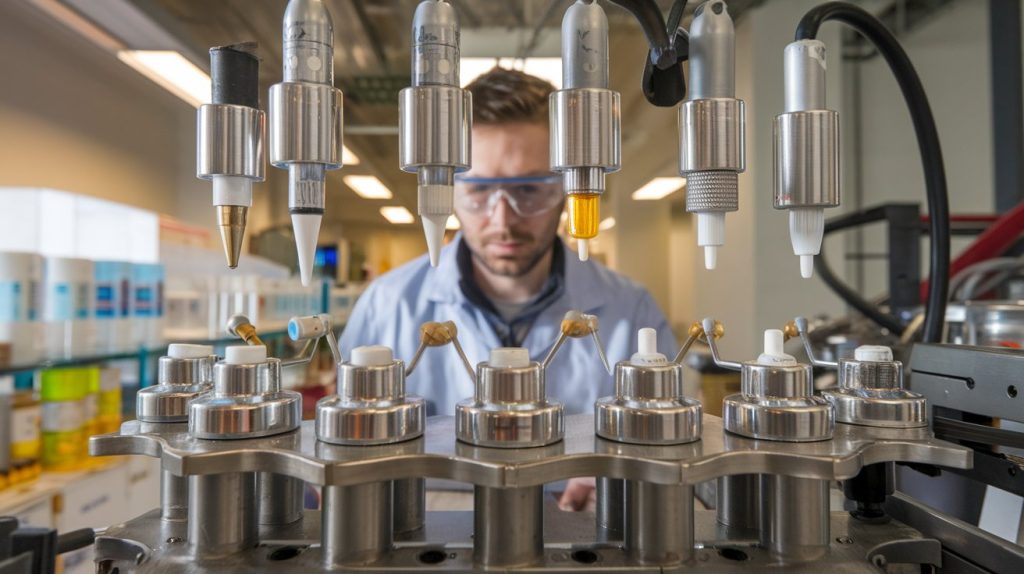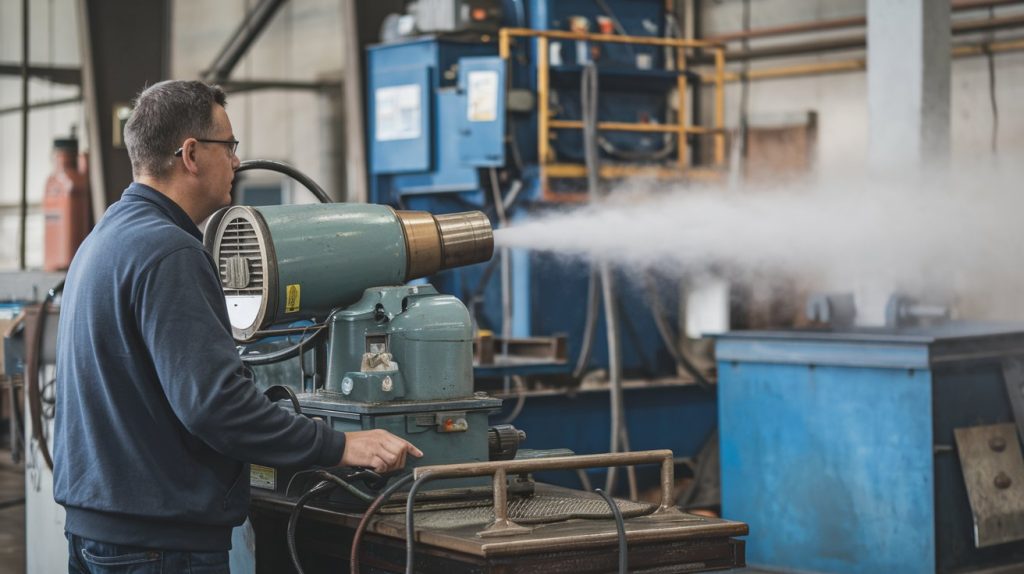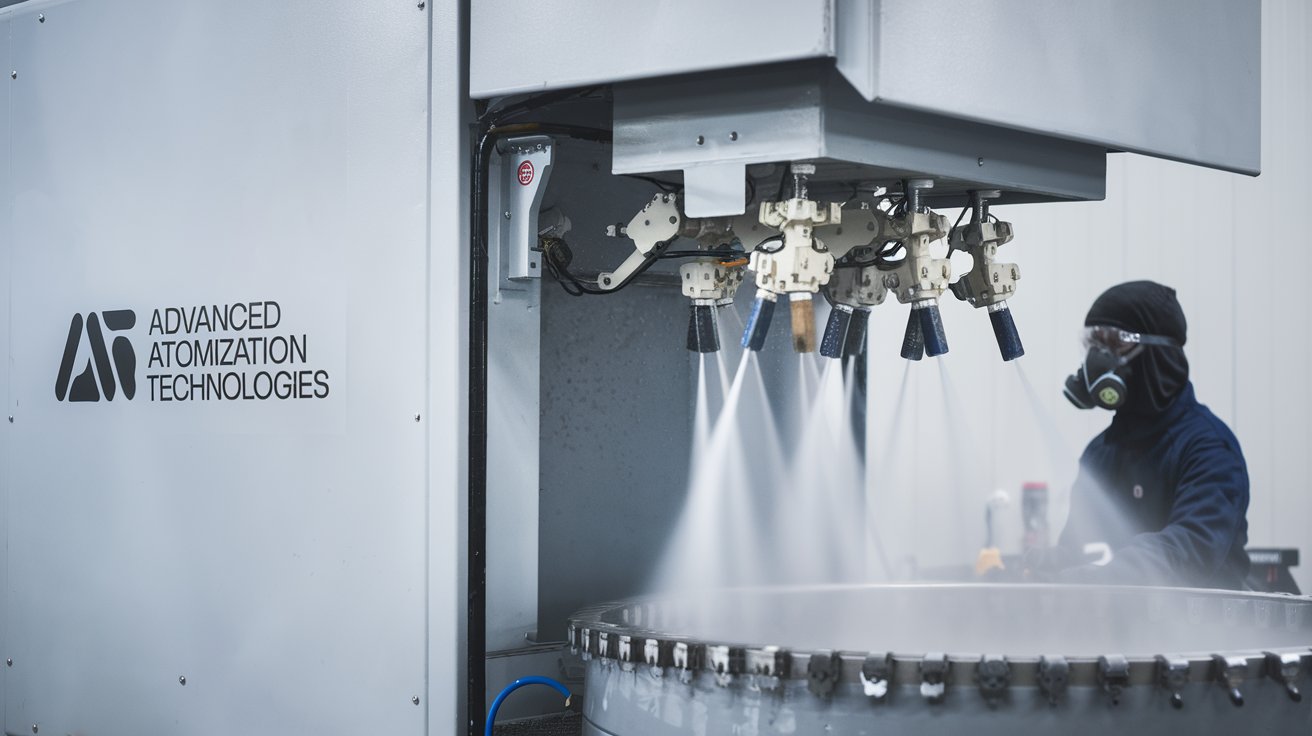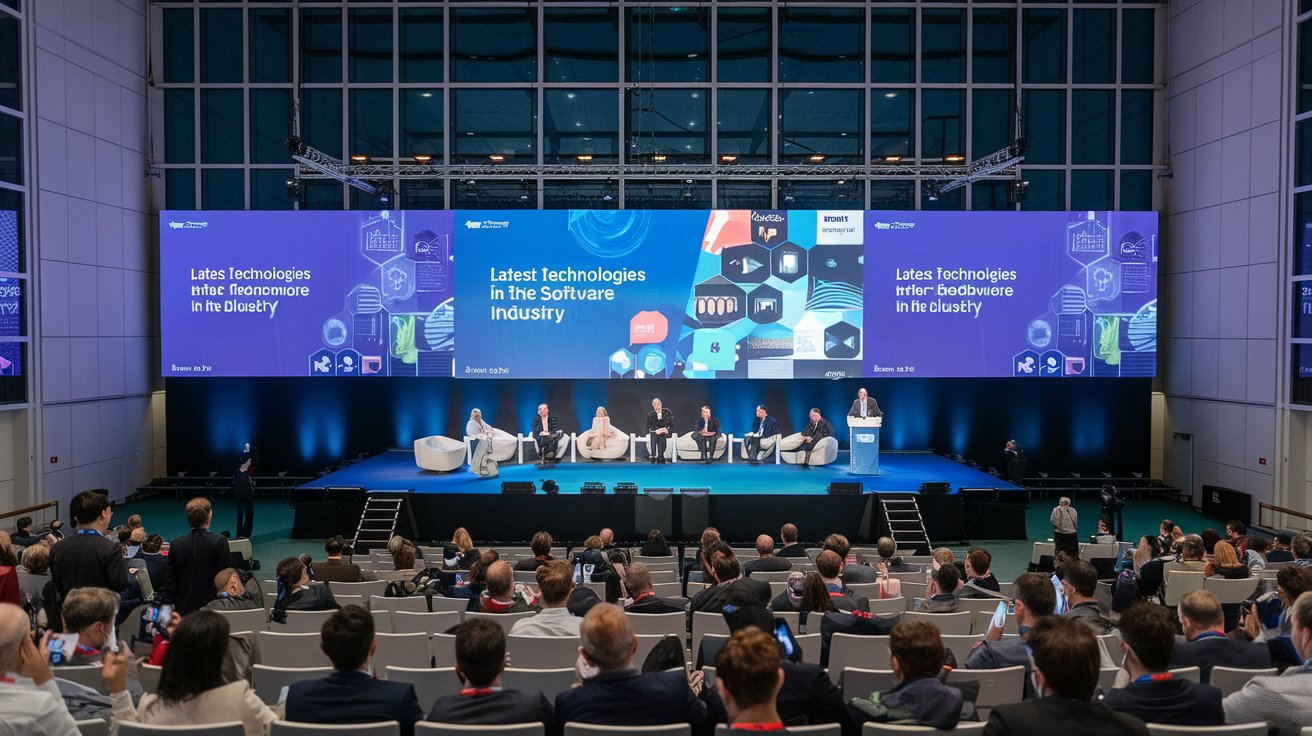Table of Contents
Advanced atomization technologies are transforming industries by enhancing precision, efficiency, and innovation in applications such as fuel systems, pharmaceuticals, and medical devices. By using advanced techniques to convert liquids into fine droplets, these technologies empower industries to achieve greater control, efficiency, and effectiveness in their processes. This article will explore the remarkable impact of advanced cutting-edge atomization techniques and how they are revolutionizing various sectors.
What are advanced atomization technologies?

The process of dividing a liquid into tiny droplets is known as atomization. Cutting-edge atomization techniques further this process, enabling greater control over droplet size, distribution, and flow rate. These technologies are designed to optimize the application of liquids across different industries.
Key Components of Atomization Technologies
- Nozzles: Nozzles play a crucial role in advanced atomization, allowing liquids to disperse uniformly.
- Pressure Systems: High-pressure systems create the force needed to atomize liquids effectively.
- Controllers: Advanced atomization systems often include digital controllers for precision control.
Understanding Advanced Atomization Technologies
Atomization breaks down a liquid into fine droplets, typically using mechanical or thermal energy. Advanced atomization technologies further this process by providing enhanced control over droplet size, distribution, and flow rate. This allows industries to optimize their systems for efficiency, accuracy, and effectiveness.
Key Types of Advanced Atomization Technologies
There are several key types of advanced atomization technologies:
- Pressure atomization uses high pressure to force liquid through a nozzle, creating fine droplets. It is commonly used in fuel injection systems to improve combustion efficiency.
- Ultrasonic Atomization: This method uses ultrasonic waves to break the liquid into droplets. It is used in applications where precise droplet control is necessary, such as pharmaceuticals and medical devices.
- Rotary Atomization: Rotary atomization uses a rotating disk or wheel to break the liquid into droplets. It is often used in spray-drying and coating processes.
Application of Advanced Atomization Technologies Across Industries
Fuel Systems: Enhancing Efficiency and Reducing Emissions
Advanced atomization technologies are critical to optimizing fuel injection systems in engines. By ensuring that fuel is atomized into fine droplets, these systems achieve better combustion, which leads to enhanced fuel efficiency and reduced emissions. This is especially important in the automotive and aerospace industries, where the need for cleaner and more efficient fuel usage is paramount.
Pharmaceuticals: Precision in Drug Delivery
Advanced atomization technologies are used in drug delivery systems in the pharmaceutical industry, especially for inhalers and nasal sprays. The ability to control droplet size ensures that the medication is effectively delivered to the targeted area in the body. This improves the efficacy of the medication and ensures consistent dosing, which is critical for patient outcomes.
Medical Devices: Accurate and Controlled Treatment
Medical devices, such as nebulizers and inhalers, utilize advanced atomization technologies to deliver precise doses of medication to patients. Treatments can be accurately targeted and administered by atomizing the liquid medication into fine particles. This is particularly beneficial for patients with respiratory conditions, as it allows for effective treatment without invasive procedures.
Innovations in Advanced Atomization Technologies

As industries continue to evolve, so do atomization technologies. Recent innovations focus on improving precision, energy efficiency, and adaptability to various applications. These innovations drive significant advancements across multiple fields, from improved nozzle designs to using AI and machine learning to optimize atomization processes.
AI-Driven Atomization: Pushing the Boundaries of Precision
AI and machine learning are integrated into atomization systems to provide real-time monitoring and control over atomization parameters. This ensures the process is continuously optimized for efficiency, quality, and consistency. In industries where precision is critical, such as pharmaceuticals and electronics, AI-driven atomization is revolutionizing how materials are processed.
Sustainability Through Energy Efficiency
Energy efficiency is a growing concern in all industries, and advanced atomization technologies are helping address this by reducing the amount of energy required to atomize liquids. By optimizing the process and minimizing waste, these technologies contribute to more sustainable operations. This is especially important in industries such as manufacturing and agriculture, where energy usage significantly impacts overall sustainability goals.
The Future of Advanced Atomization Technologies
Looking ahead, the future of advanced atomization technologies holds exciting possibilities. As more industries adopt these technologies, we expect more significant advancements in precision, efficiency, and adaptability. From more sustainable fuel systems to next-generation medical devices, the potential applications of atomization technologies are vast and varied.
Expanding into New Fields
The potential for atomization technologies to expand into new fields is immense. Industries such as electronics manufacturing, food production, and environmental control are exploring how atomization can improve their processes. As these technologies continue to evolve, they will likely play a more significant role in shaping the future of these industries.
Benefits of Advanced Atomization Technologies
The benefits of advanced atomization technologies are apparent. From increased precision to improved efficiency, these technologies offer numerous advantages.
Precision in Application
Atomization technologies provide unmatched precision in the application of liquids. Whether fuel in an engine or medication in a medical device, the ability to control droplet size ensures uniform application, reducing waste and improving outcomes.
Cost-Effective Solutions
Advanced atomization technologies also offer cost savings by improving efficiency and reducing product waste during application. These technologies often pay for themselves in the long run by reducing the need for excess material and optimizing operations.
Also read: Astrology Predictions for Technological Advancements: Shocking Insights!
In conclusion, advanced atomization technologies empower industries to achieve greater precision, efficiency, and sustainability. From fuel systems and pharmaceuticals to medical devices and beyond, the applications of atomization technologies are vast and continue to expand. As innovations in this field progress, we expect to see even more transformative changes in how materials are processed and delivered.





